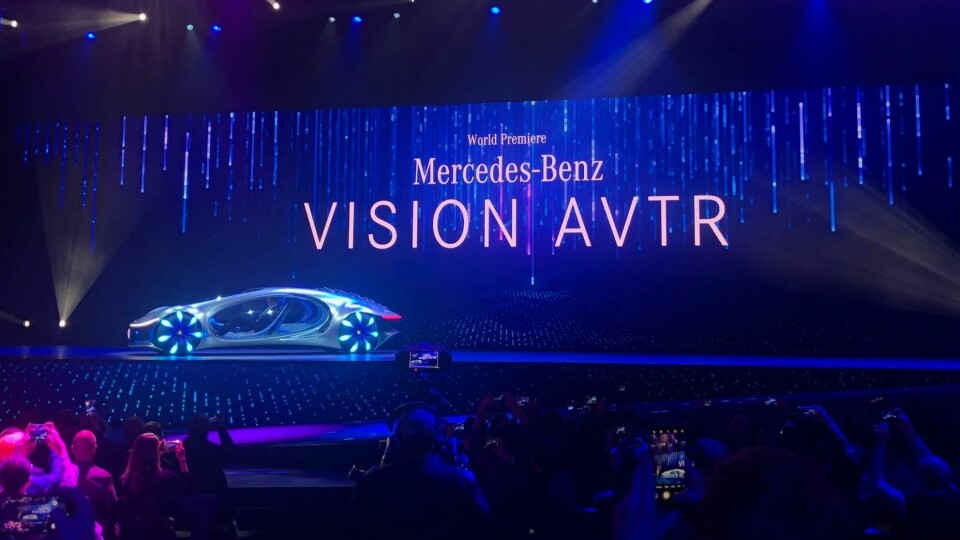
CES 2020: Mercedes-Benz releases the AVTR concept
Mercedes has used the language of sci-fi to investigate the automotive interface in this dramatic show car
CES 2020: the best design stories from the show
-
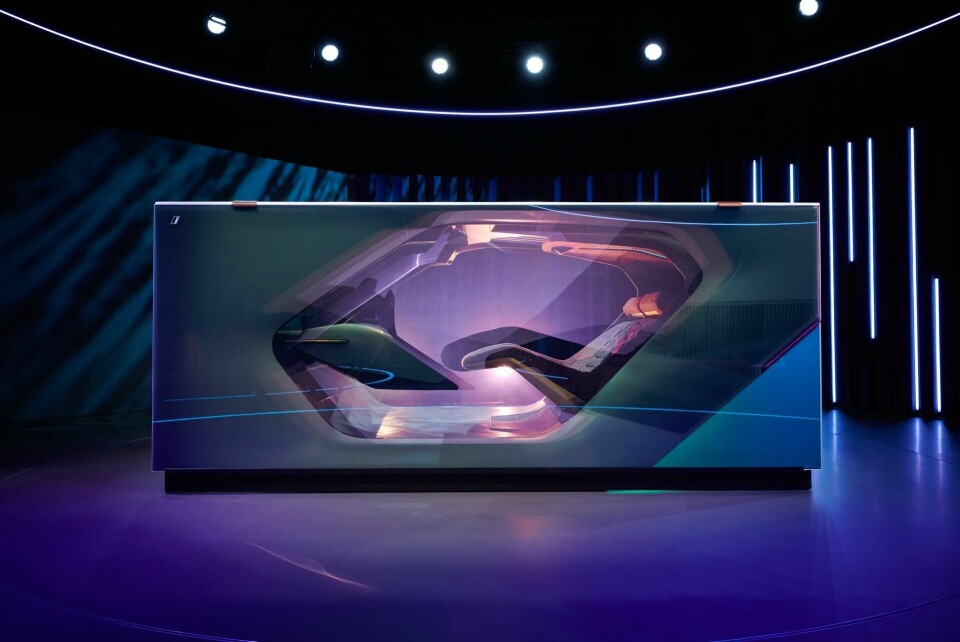
BMW i Interaction Ease concept interior
-
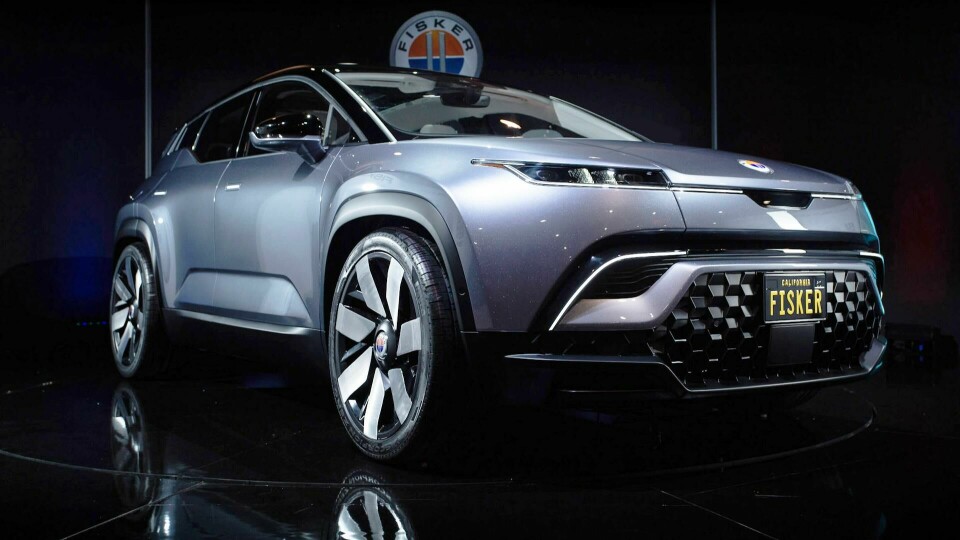
CES 2020: Fisker Ocean
-
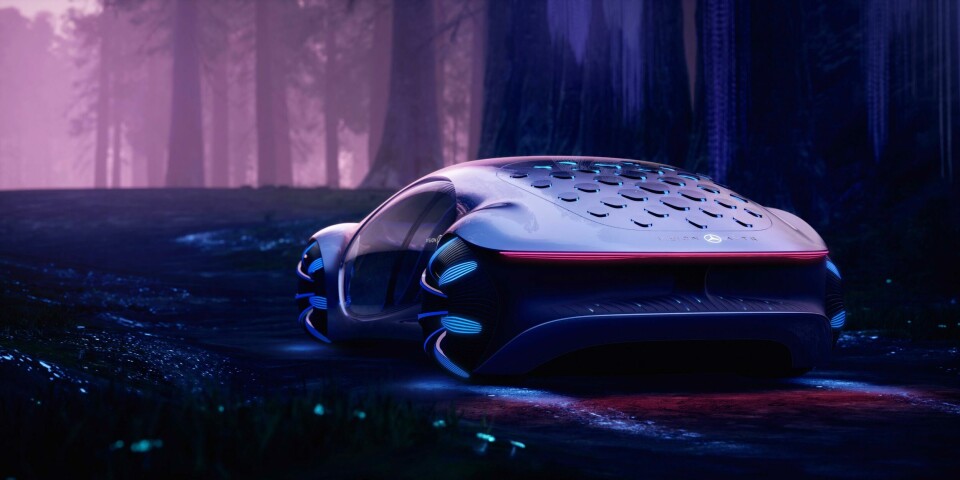
CES 2020: Mercedes-Benz releases the AVTR concept
-
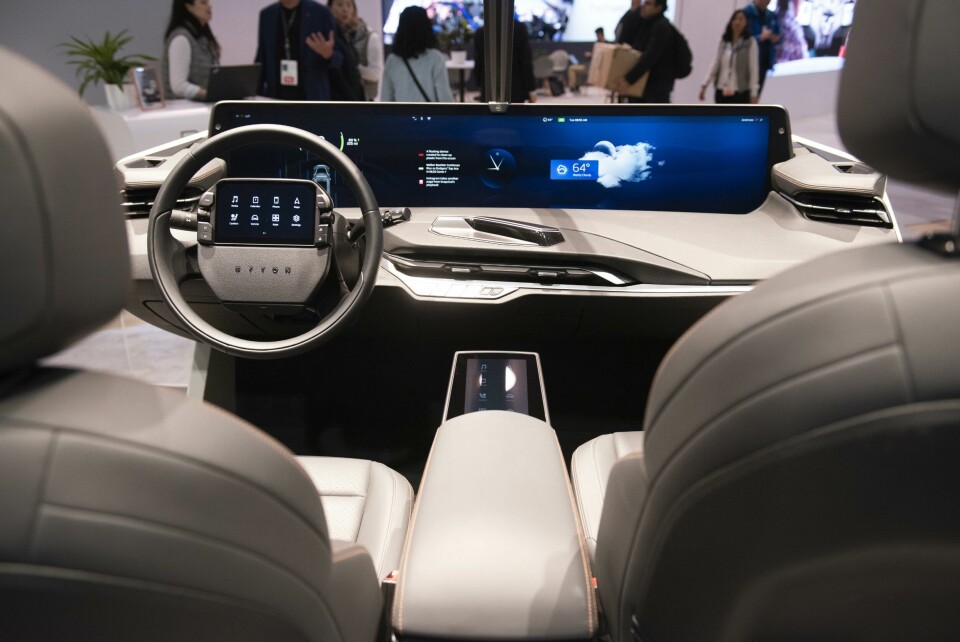
CES 2020: Byton shows the “production ready” M-Byte
-
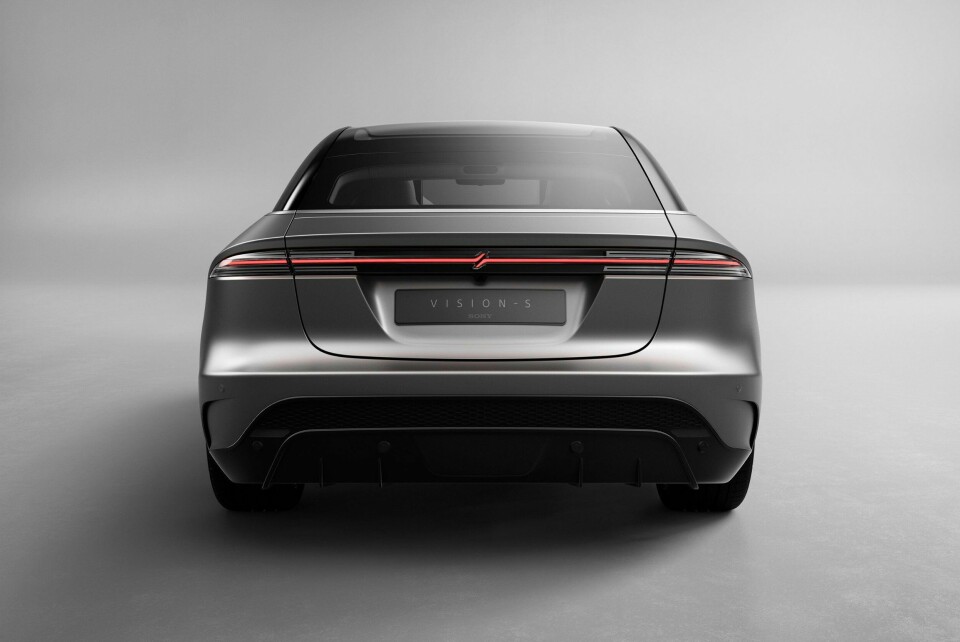
CES 2020: Is Sony’s Vision S a scary sight, or a revelation for carmakers and suppliers?
-
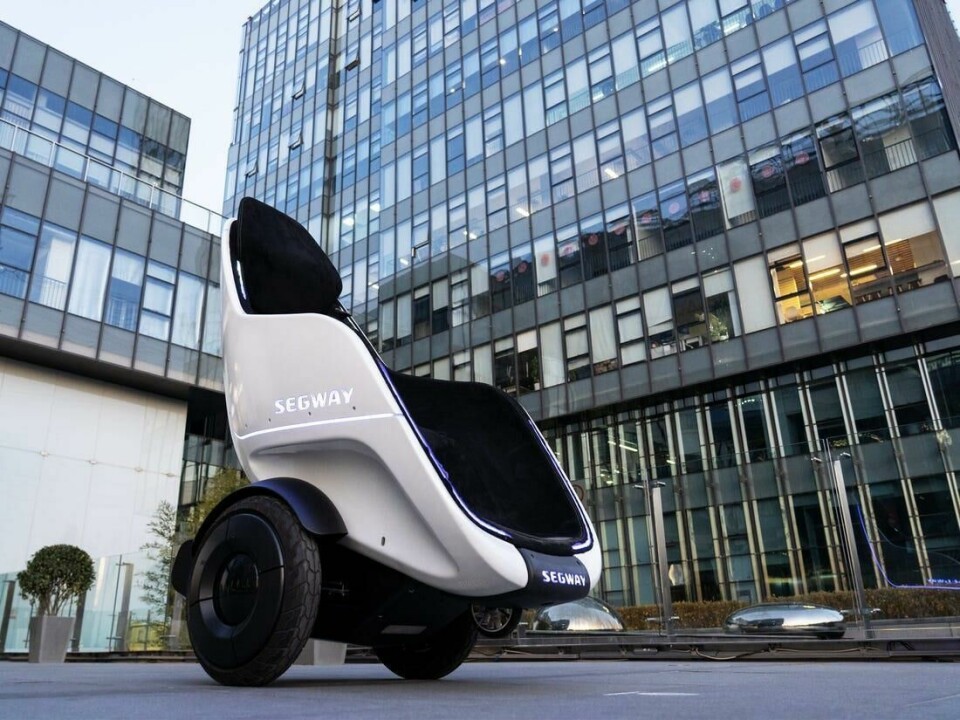
CES 2020: Segway-Ninebot shows swift single-seater
-
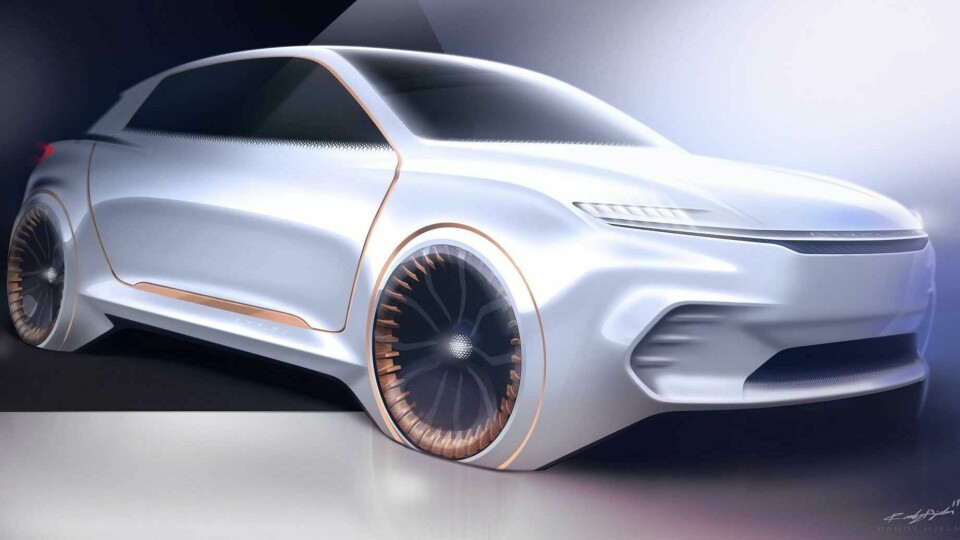
CES 2020: Chrysler Airflow Vision concept
-
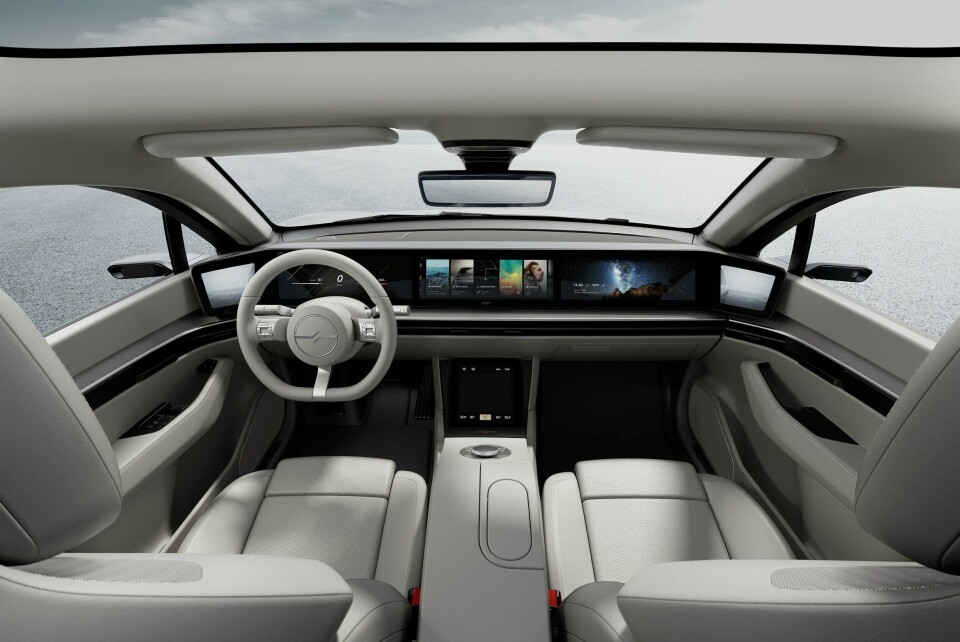
CES 2020: Sony builds a car
-
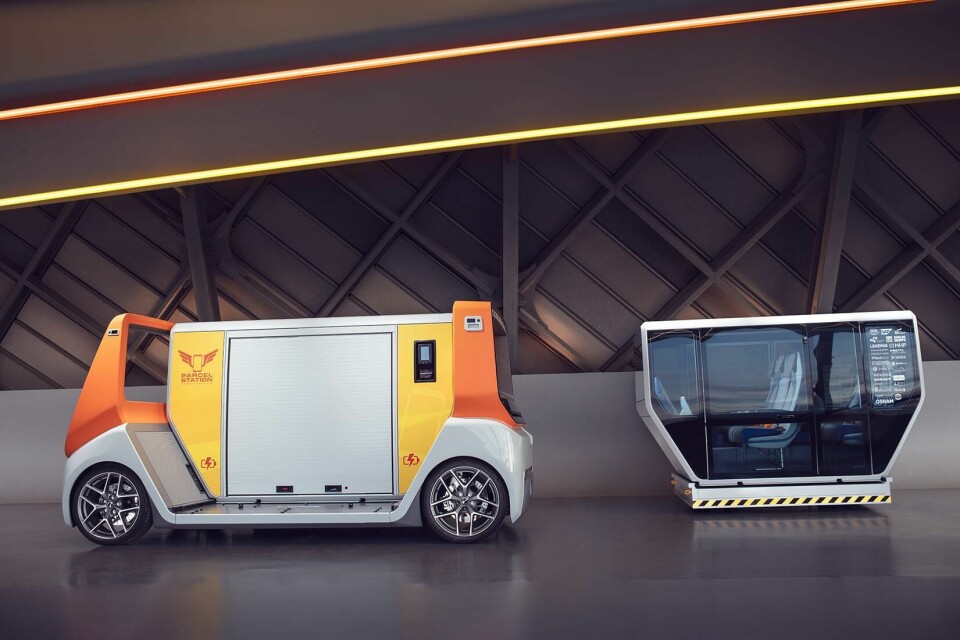
CES 2020: MetroSnap, Rinspeed’s biggest concept to date
-

CES 2020: Toyota debuts a concept city
-
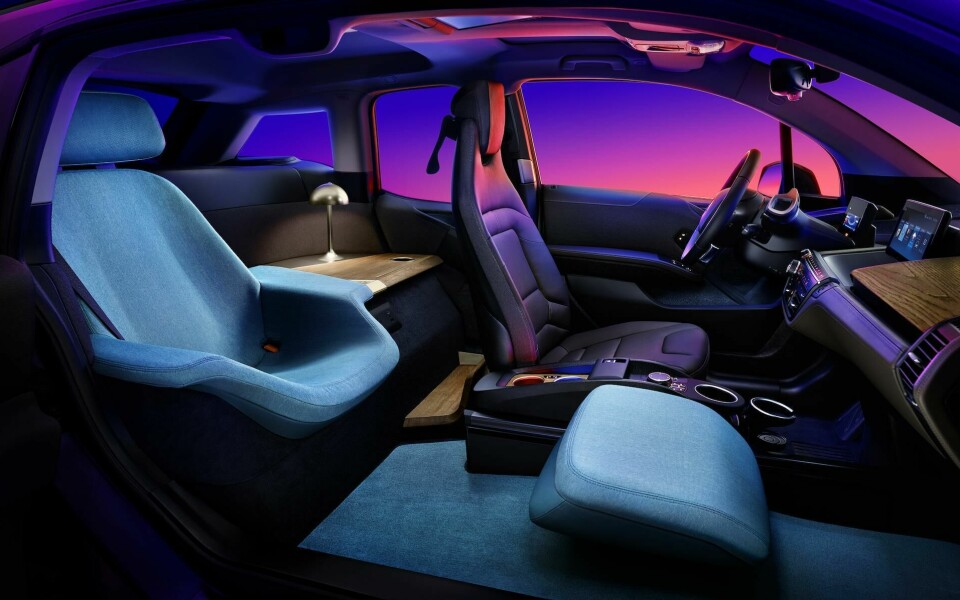
CES 2020: BMW brings an ‘Urban Suite’ to Vegas
Mercedes-Benz aims to blur the lines between human and machine with its new Vision AVTR concept. “In creating a car inspired by the fantasy of a sci-fi film, we asked, how can a car merge perfectly with its driver and blend perfectly into its ecosystem? Eventually we wanted to create a car like a living organism,” says Mercedes design chief Gorden Wagener.

The glowing, door-less coupé prowled across a darkened stage at the Park MGM following a keynote speech by Ola Källenius, Daimler’s chairman of the board and head of Mercedes-Benz. For a moment, it crept sideways like a crab before coming to rest, with dozens of rear flaps gently rising and falling like the hairs on the back of an animal’s back.
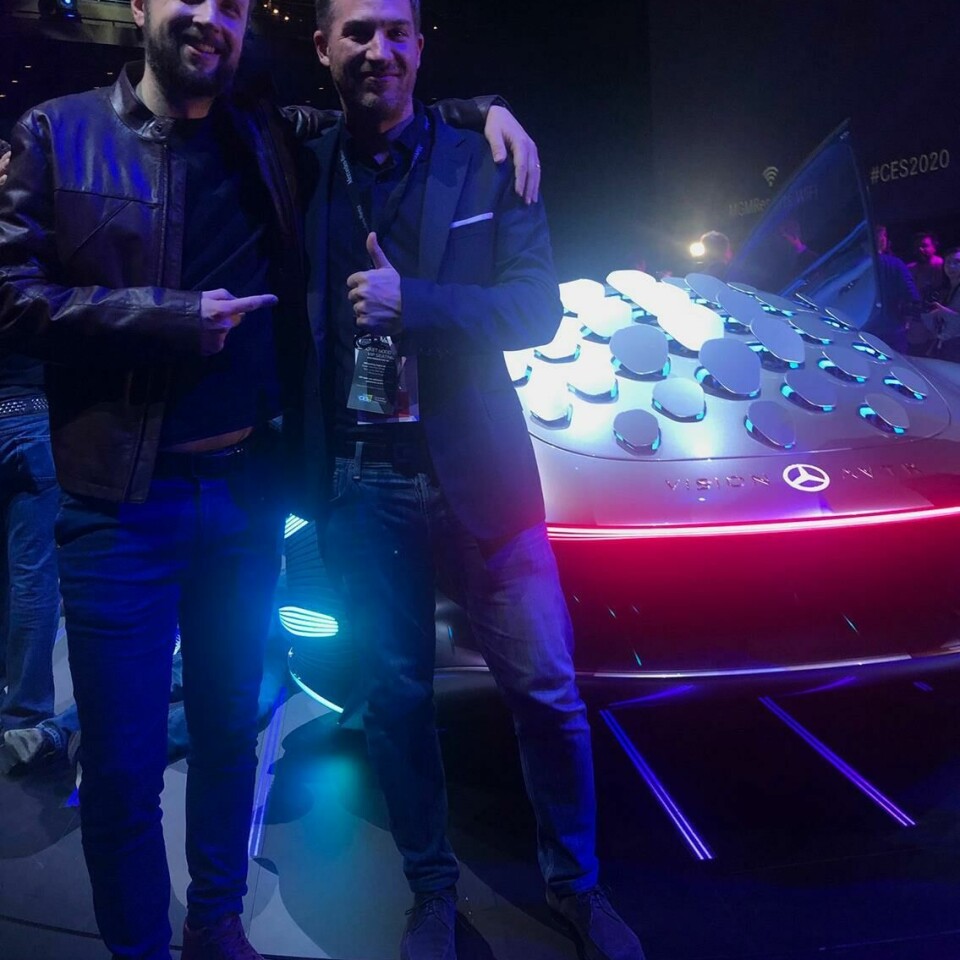
While most journalists rushed the stage to hear from Wagener and Cameron, CDN got an exclusive interview with the two lead designers on the project: Sylvain Wehnert, head of advanced exterior design in Sindelfingen (reporting to Steffen Köhl) and interior designer Till Varailhon (reporting to Hartmut Sinkwitz), who is based in the new Mercedes design studio in Nice, France.
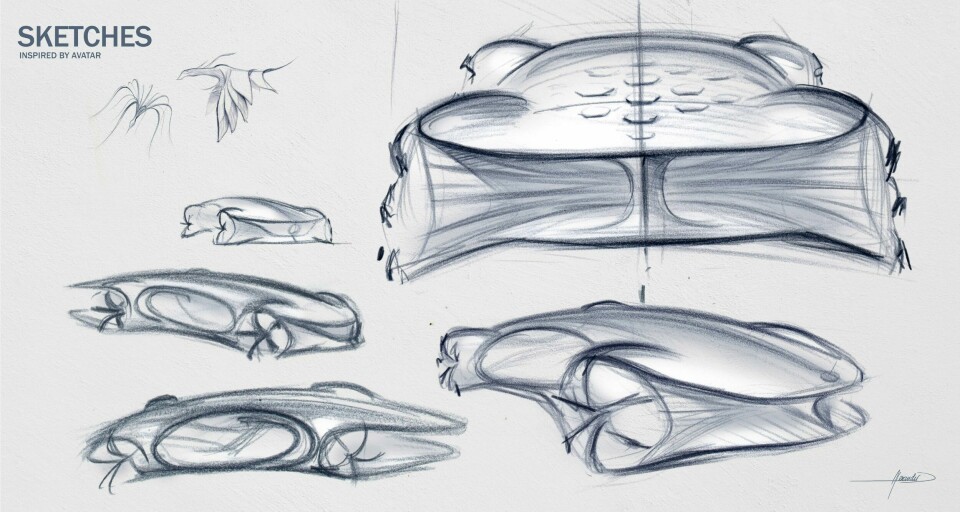
“The whole process was very strongly executed from the start,” Wehnert told us. “We wanted to achieve this point with Mercedes form language so you get the connection of what we are doing now and what we will do in the future.” He notes the “one bow” shape of the body – also used on other recent concepts including the EQS show car we saw last year in Frankfurt – as well as the light beams that run around the front and rear of the car. The front grille and rear diffuser area are adorned with thin strips of light that Wehnert calls “neuro fibres” which pulsate and change colour to show the flow of information, mimicking the way the characters in Avatar are connected to their environment and one another.
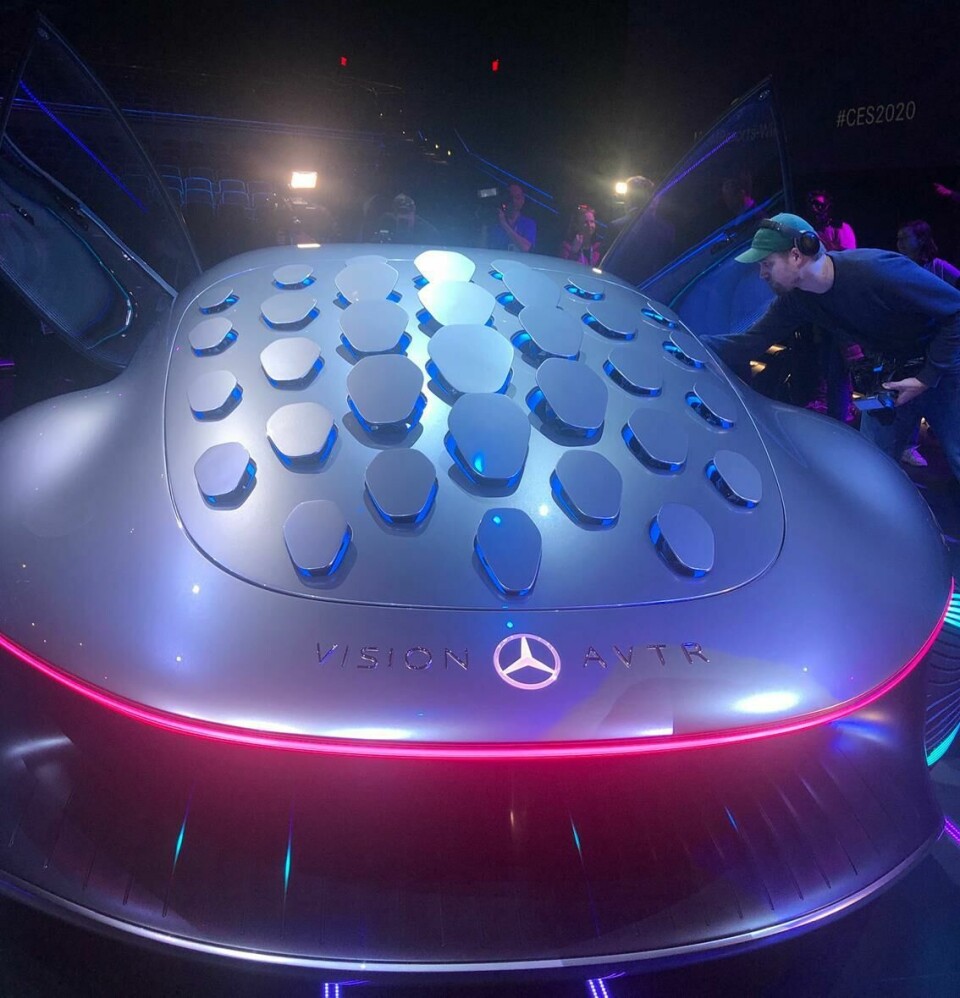
Wehnert says the team got the idea for the spherical rubber wheels from a remote control car that one of the engineers brought into the studio. “Our vision is that it’s an intelligent wheel that’s adapting to the ground as carefully as possible. There is no tyre or wheel anymore, it is one sculpture,” he says. The design is an homage to the woodsprites, the jellyfish-like floating seeds of the sacred Tree of Souls in the Avatar film. “That’s an iconic shape and it was clear for us we wanted to find an interpretation on the car,” Wehnert says.
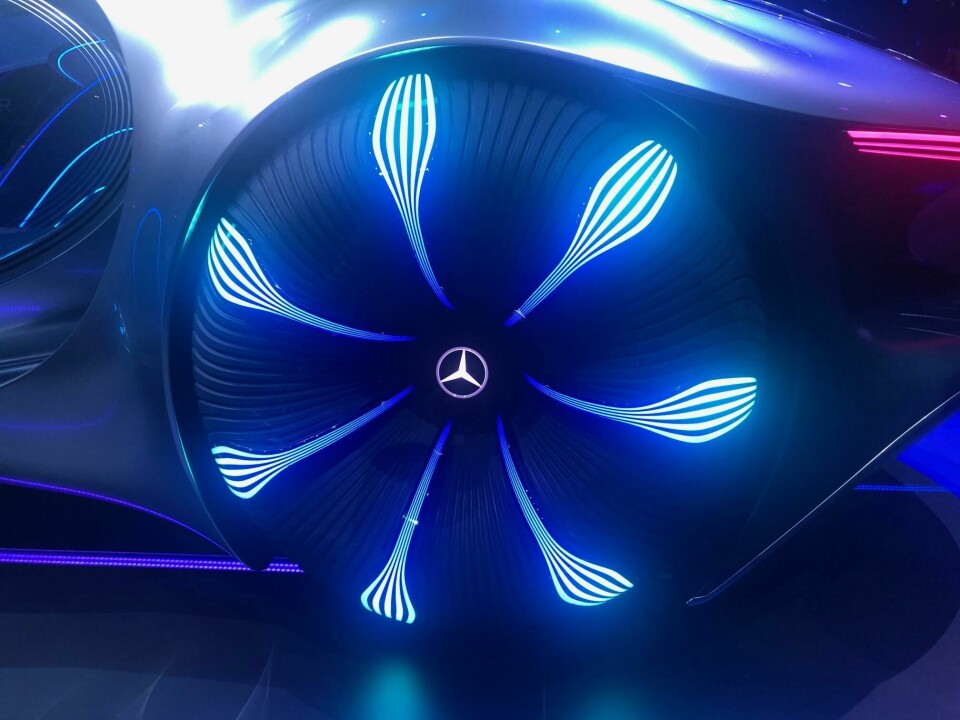
Each of the 33 “bionic flaps” on the back of the AVTR concept is controlled by its own individual motor, and makes the car appear as if it’s breathing and responding to the environment around it. “It’s like something you see in wildlife, how an animal or an opponent is acting – like a dog wagging its tail. That’s something we wanted to bring into the interaction with the car,” Wehnert tells us.
Bionic flaps
Because of the open, door-less design, the exterior and interior teams worked closely together to make a seamless, organic transition between inside and out. “We were in direct contact and inspired each other back and forth,” Wehnert says, motioning to Varailhon next to him. “Interior [designers] were the ones pushing us. Now you have to think around the interior shapes – you can’t separate the one from the other anymore.”
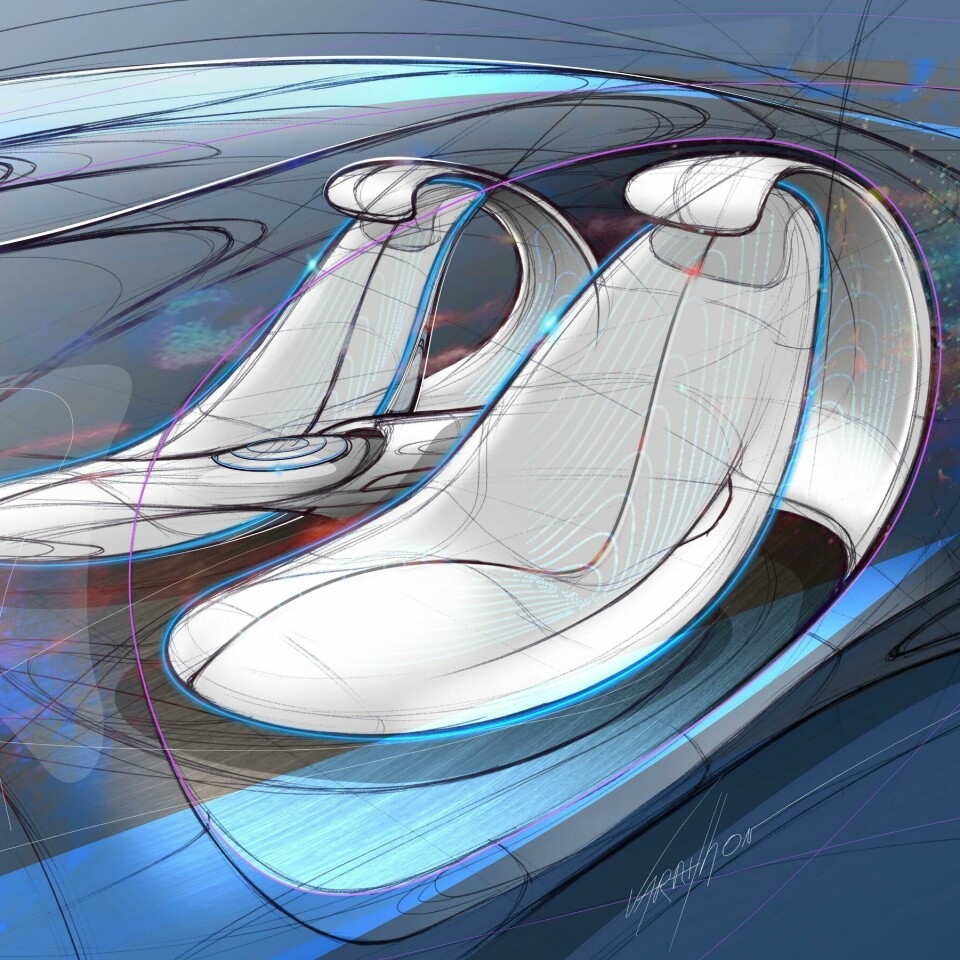
Taking over where Wehnert left off, Varailhon crouches down with us in front of the cabin and motions to the controller centre console, which the driver uses to pilot the car. “We are used to having a car with a wheel and pedals, so we have to reinvent how we would drive this car,” he tells us. “These shifting movements go sideways; you can’t do that with a steering wheel. It’s questioning everything that we know and asking if that is the best solution.”
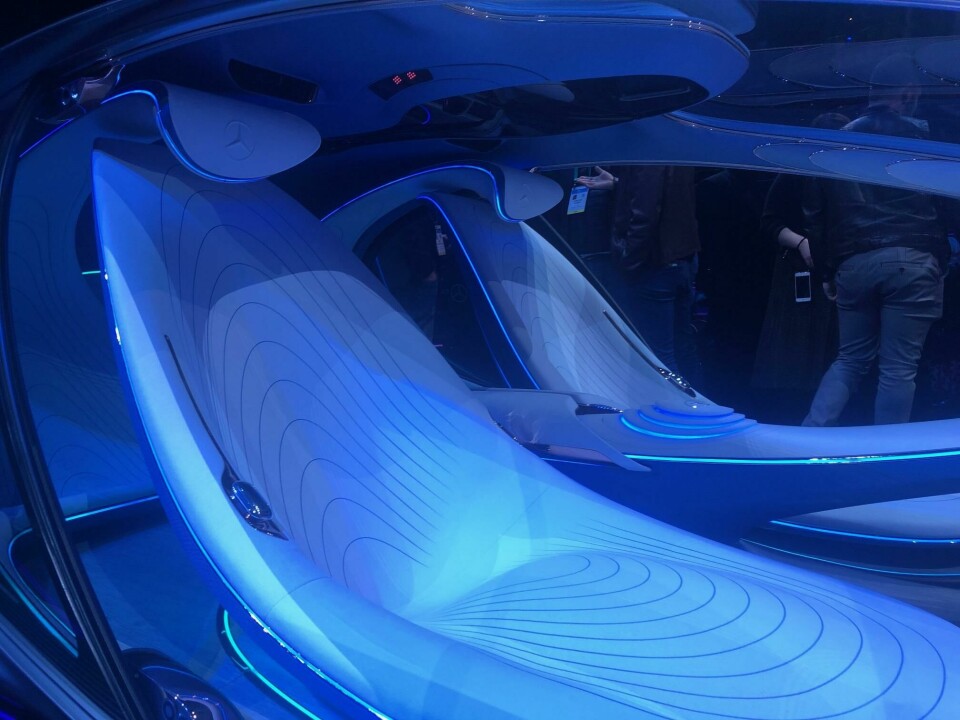
Varailhon explains that the seats were inspired by leaves that the Avatar characters would wrap themselves in to sleep. The IP shows a virtual projection of the road in front of the car, but there are no electronic menus there. To get one, the driver simply opens his or her hand and one will be projected upon it, where vehicle functions can be controlled via hand gestures. Sensors in the car detect the driver’s breath and heartbeat.

Although the Vision AVTR is purely a show car, Mercedes-Benz executives say it makes an important statement about design and mobility. “The future is making the interface intuitive,” Kallenius says. “We are at an important part of our development. Do we want to sit back and wait and see what happens, or do we want to take some initiative?”
Mercedes Vision AVTR concept gallery














